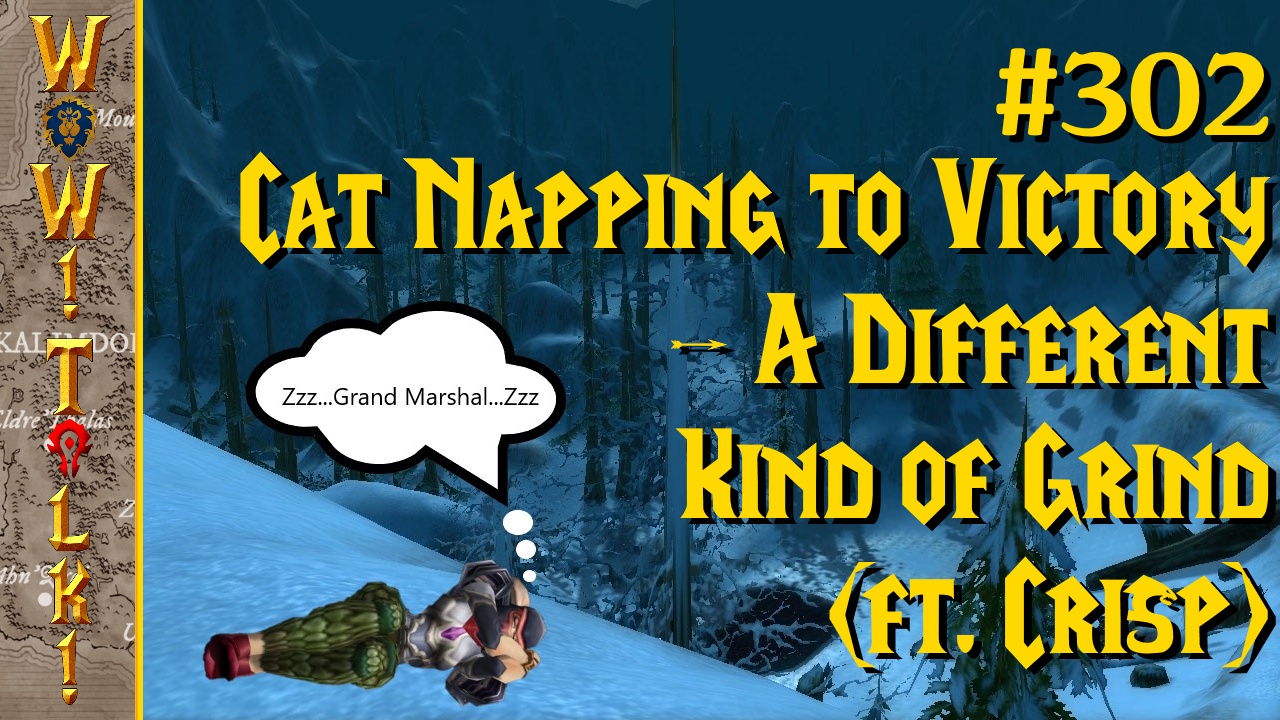
Skydrift is every arcade style racing game you’ve ever played. It has an undercurrent of Mario Kart, focusing on the use of multiple varied power-ups that take out other racers or protect you from their attacks. It all takes place in a very vibrant and colorful world, and eschews story for combative racing action, another Mario Kart staple. To be fair though, what racer that has come out since that classic game hasn’t been inspired by it? Maybe calling Skydrift every racer you’ve ever played is a bit much…
Except that the familiarity of Skydrift doesn’t stop there. The very basis for the game is taken from what I always considered to be the most fun part of Diddy Kong Racing: racing planes. To its credit, Skydrift’s flight is more free of restriction than that found in Diddy Kong, being all about speed and the high octane thrills that come from being in the seat of a biplane fighter. There are eight planes in total that you’ll eventually have to select from, and you unlock usage of them by meeting certain requirements (like clearing stages). Each plane has different strengths and weaknesses based on five categories: speed, acceleration, boost power, armor, and maneuverability.
Controls are simple and effective; the left stick controls your plane’s pitch and turning, while use of the right trigger and left trigger accelerate and brake, respectively. The right stick accounts for knife edge position: the ability to rotate the plane all the way to an inverted position. Its typical use is to rotate the plane perpendicular to the ground to fit through tight spaces and make tighter turns than usual.

The game also borrows from examples of this console generation as well. It has the graphic fidelity of Pure; the same incredible attention to detail in the environments – if not the same scope and endlessness – and in the planes you fly. The graphics are impressive and polished in a manner you wouldn’t expect from a smaller production like this. There is the spray of water from the sea splashing as you cut the air just above it, literally causing droplets to collect on the screen, only to dry off as you climb away from the sea or head out over land. You’ll fly near rivers of magma that flow from a volcano with an ominous red glow, fly through a ship docking yard, or in icy caverns.
The biggest downside in the game is there being only six tracks because there’s just not enough variety to carry the game through 33 events. It just feels like you’ve ‘been there, done that’ after a while in events because you’ve seen each one by the third stage. To offset the potential boredom in seeing the same tracks over again, the game sets up some events with the tracks in reverse. The design of the courses was done well enough that, when you’re racing the reverse tracks, it feels like a new experience.
The tracks are also very animated in the last laps through them; featuring cave-ins, collapsing structures, explosions, avalanches, and much more depending on what track you’re racing through. Oddly enough though, the catastrophes themselves have no mass. Flying into a tunnel as it collapses all over your plane does…nothing, in fact. The same is true for flying through other racers; no collisions happen, you just pass harmlessly through. Crashes only result from smashing into walls or being dropped by power-ups.

The way Skydrift handles power-ups brings to mind ModNation Racers. There are six types of power-ups in the game, and you collect them for use by flying through their specific icons which are scattered throughout the track. You can hold two different power-ups at one time, and swap between them with the Y button (triangle on PS3). Collecting a second power-up of the same type as one you’re holding will create a level two power-up. This can have such benefits as increasing the number of missiles you have to fire at other racers or lengthening the duration of your shield, all depending on which power-up is in your possession.
There is also a boost meter that is self-explanatory but very important. Performing stunts and shooting down enemies fills the boost meter, which you can use to surge ahead by pressing the A button (X on PS3). In a move not inspired by ModNation, you can dispose of a power-up using B (Circle), which frees up a space for a more useful power-up and rewards you with more boost.
Three different game modes will try your reflexes as you progress: Power Race, the straightforward ‘finish first by whatever means at your disposal’ combat style of racing (à la every other racer). Speed Race does away with power-ups of all types, and instead has you flying through boost rings and attempting to keep up as high a speed as possible to reach the finish first. The most interesting mode, in my opinion, has to be the Survival Race. It’s set up as anything goes, like the Power Race, but instead of crossing the finish line, a timer starts to count down to zero. When it finishes its countdown, the racer in last place explodes and is permanently eliminated. This continues until only one racer is left or you yourself are done away with. It’s the most tense mode by far; one misstep can leave you as so much dust on the wind.

It could be said that Skydrift’s best ideas come from elsewhere, but it could just as easily be argued that all it simply knows where it comes from. Skydrift may be every other arcade style racer you’ve ever played, but goddammit, it’s so fun I don’t care! It leverages all its flattery (imitation is the sincerest form, you know) and borrowed ideas by using them all well and putting it all into an expertly designed package. It also tosses a couple of unique ideas of its own into the mix, which hurts nothing. When all is said and done, the only thing I’m left wishing it had were more tracks to race on. And maybe a free exploration mode like in Pilotwings, because the tracks it does have are gorgeous to behold.
[Xbox 360 version of the game reviewed. Skydrift is available on XBLA for 1200 Microsoft Points, or PSN for $14.99]




